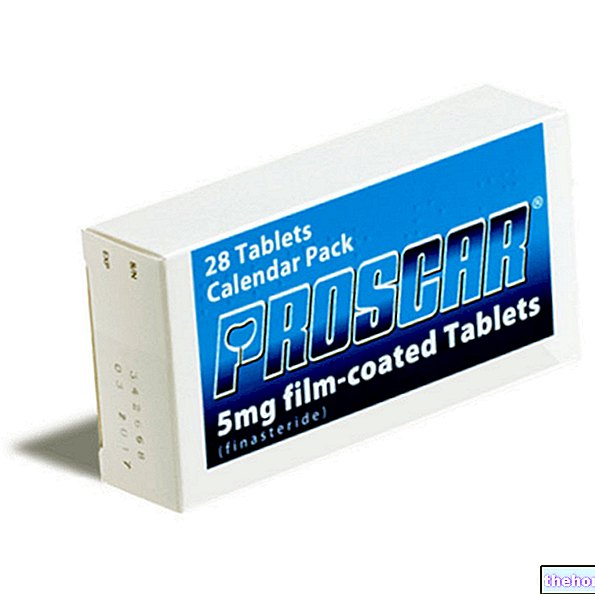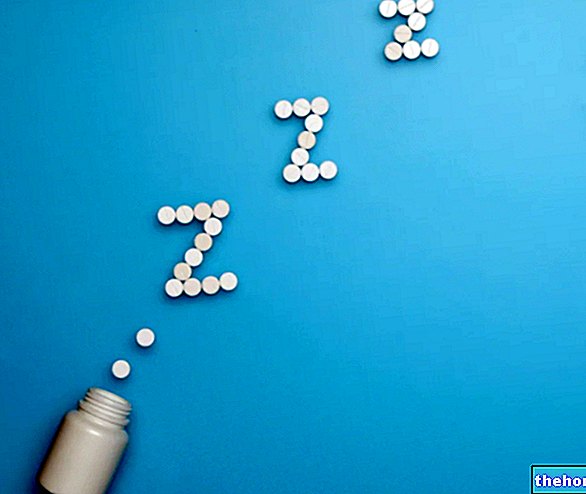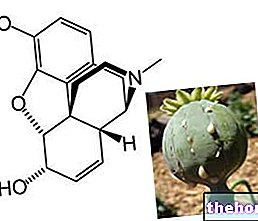Definition
Pulmonary embolism refers to a complex morbid condition, caused by an embolus, in which one or more arteries in the lungs are obstructed; Pulmonary embolism must be promptly treated with drugs, which are essential to reduce the risk of death. An untreated "pulmonary embolism can be fatal."
Causes
Among the causes most involved in the onset of pulmonary embolism, the blood clot plays a leading role; Pulmonary embolism represents a direct complication of deep vein thrombosis. Other etiological elements include: accumulations of fat, air bubbles and parts of neoplasms which, transported by the blood, reach an "area of a" pulmonary artery, obstructing it.
Risk factors: inherited blood disorders, overweight, obesity, pregnancy, childbirth, birth control pill, smoking
Symptoms
The symptoms of pulmonary embolism can be very different in terms of intensity and type; in fact, they essentially depend on the caliber of the obstructed pulmonary vessel: altered heart rate, difficulty in breathing, chest pain, bloody sputum, swollen legs, weak pulse, fainting, excessive sweating and cough.
Information on Pulmonary Embolism - Drugs for the Treatment of "Pulmonary Embolism is not intended to replace the direct relationship between the health professional and the patient. Always consult your doctor and / or specialist before taking Pulmonary Embolism - Drugs for the treatment of" Pulmonary embolism.
Medicines
As mentioned, the pharmacological treatment of pulmonary embolism is essential for the recovery of the patient; moreover, the intake of drugs reduces the risk of serious complications and death of the subject. The pharmacological treatment of pulmonary embolism provides for the arrest of the clot formation, ensures the oxygenation of the blood, breaks the thrombus created, prevents the onset of relapses and ensures a stable blood pressure, within the physiological ranges.
The following are the classes of drugs most used in the therapy against pulmonary embolisms and some examples of pharmacological specialties; it is up to the doctor to choose the most suitable active ingredient and dosage for the patient, based on the severity of the disease, the state of health of the patient and his response to treatment:
Thrombolytics: these drugs are used in therapy to damage the thrombus created. It should be pointed out that these drugs can cause bleeding, therefore they are only prescribed in hemodynamically unstable patients.
- Streptokinase: it is recommended to take the drug for the treatment of pulmonary embolism, at a dosage of 250,000 units in 30 minutes, by intravenous infusion; subsequently, inject 100,000 units / hour for 12-72 hours, depending on the patient's health conditions , his response to treatment and coagulation parameters.
- Urokinase (eg. Urokinase Crinos, Urokinase HSP) initiate therapy with 4,400 units per kilo, administered by bolus infusion, over 10 minutes. Continue with 4,400 units / kg every hour, administered intravenously continuously for 12 hours.
- Alteplase (tissue plasminogen activator. Ex: Actilyse) administer 10 mg of drug by intravenous injection in 1-2 minutes; subsequently, continue the therapy by injecting i.v. 90 mg of drug in 2 hours. Do not exceed 1.5 mg / kg in individuals weighing less than 65 pounds.
Selective factor Xa inhibitors
Fondaparinux sodium (eg Arixtra): for the treatment of pulmonary embolism, it is possible to take doses of 5 - 7.5 and 10 mg, depending on the patient's weight. The drug should be administered subcutaneously once a day, in combination with warfarin: the combination of these drugs must be started no later than 72 hours from the onset of symptoms. The treatment must be continued for 5 days or so that the effect given by an anticoagulant drug stabilizes the symptoms; it is possible to prolong the therapy up to 26 days. Consult your doctor.
Blood thinners or anticoagulants: useful for arresting / inhibiting the formation of blood clots
- Warfarin (eg. Coumadin): in the case of drug treatment with warfarin it is the duty of the patient to report its intake, given the multiple interactions with other drugs and the serious side effects it can induce. It is not possible to trace a precise therapeutic plan regarding the posology d "taking the drug: this must be established and perfected by the specialist, taking into consideration the functional and haematological abilities of the patient.
In any case, to give an indicative idea, a therapeutic plan is described below, to be taken into account only as a guideline. Begin therapy by taking 2-5 mg of warfarin orally or intravenously, for 1 or 2 days. Maintenance dose: 2-10 mg of drug to be taken orally or iv, once a day The duration of therapy varies from 3 to 12 months.
- Heparin (eg Heparin CAL ACV, Heparin sodium Ath, Ateroclar, Trombolisin): generally administered by continuous infusion for patients with pulmonary embolism who are found to be haemodynamically stable on diagnostic examination. Administer by slow intravenous bolus infusion 5,000 units of drug; then, take 1,300 units / hour by continuous infusion. Alternatively, take the drug by continuous infusion as a bolus dose of 80 units / kg, followed by 18 units / kg per hour by continuous intravenous infusion. In case of suspected massive pulmonary embolism, the initial dosage should be 10,000 units, intravenous bolus administration, followed by 1,500 units per hour.
Again, alternatively, for the treatment of pulmonary embolism, take 17,500 units of drug subcutaneously every 12 hours. The dosage must be carefully monitored.
Oxygen therapy: this therapy is only recommended in patients with mild or moderate forms of pulmonary embolism. Oxygen therapy reduces the risk of hypoventilation and carbon dioxide retention.
Notes: When the pulmonary embolus is too large, the drugs do not always carry out their therapeutic activity; therefore it is possible to aspirate the clot through a catheter, although this procedure is not always effective.
Alternatively, emergency surgical treatment, the only conceivable life-saving option, may be essential for a person suffering from pulmonary embolism in the event of shock.





.jpg)

















-nelle-carni-di-maiale.jpg)




